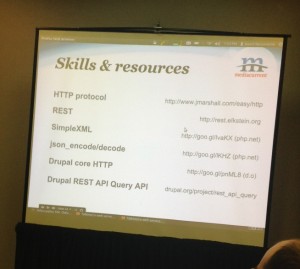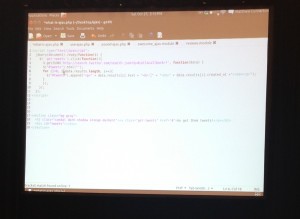Here’s a list of JS tour libraries that are open source and currently maintained. Tour libraries provide a way for site designers to create guides that will show the features of a website via a walk through of pop-up dialog boxes. They’re really handy for complex sites.
- Intro,js – https://introjs.com/
- Bootstrap Tour – http://bootstraptour.com/
- jQuery Joyride plugin – https://zurb.com/playground/jquery-joyride-feature-tour-plugin
- Joyride is the basis for the core Tour module and API included in Drupal 8.
- Bootstrap Tour module for Drupal 7 – https://www.drupal.org/project/bootstrap_tour
- A “Top 10” list of Tour libraries – https://ourcodeworld.com/articles/read/328/top-10-best-tour-website-guide-javascript-and-jquery-plugins





